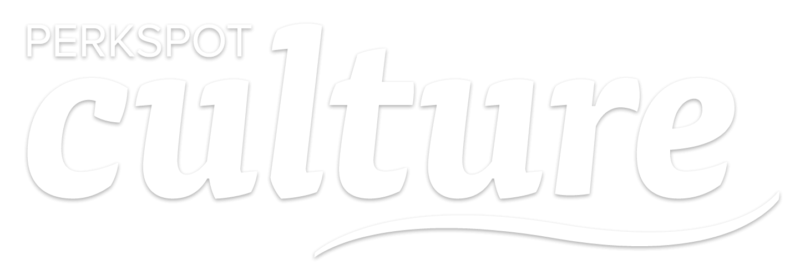Constructing Hybrid Communication Streams that Work

Hybrid workplaces have come with a host of benefits, but these new methods of organization have also led to new challenges. One of the most prevalent issues faced by evolving hybrid companies is the opening of new avenues of communication. When a hybrid worker has to sort through videoconferencing, email, slack, and in-person meetings, it can easily become overwhelming. Doubly so if different information streams are delivering inconsistent information!
In-person meetings are a great way to deliver important information and boost social cohesion in the workplace. Conversely, if teams that collaborate are in the office on different days, videoconferencing meetings might occur despite being physically available.
This opens up additional unnecessary communication streams that can contribute to overwhelming an employee. Additionally, if flexibility is a key aspect of your hybrid model, you may develop a culture of workplace proximity bias. Employees who frequently come in and hold face-to-face conversations can be prioritized in the flow of information and favor. These problems should not be taken lightly, poor communication and preferential bias can easily cause inefficiency within the organization.
Hybrid Communication Solutions
So how can communication be effectively managed in a hybrid environment? The absolute most important thing to do in the evolving hybrid workplace is to act with intentionality. Pay attention to not just what employees are communicating, but also how they are communicating; especially if teams or individuals are closely collaborating, it’s vital to take the initiative and organize scheduling efforts so that closely affiliated co-workers are in the office at the same time, cutting down on the number of open communication channels.
This is also an area where Human Resources can really step in and be a big help. HR check-ins are important for taking the pulse of employees in general. In the hybrid era they can be extra important. Some effective simple solutions include organized collaboration and clear channels of communication. If one employee prefers acting on emails and another prefers in-person discussion, HR might serve both to remind others to communicate over e-mail when sending information digitally while encouraging relevant teams to come into the office for in-person collaboration on one specific day.
Flexibility Vs. Communicative Efficiency
One of, if not the most serious problem facing hybrid communication structures is the seemingly direct conflict of allowing employees flexible work-from-home schedules against the need to have employees in the office on the same days to cut down the number of open streams of communication. While it can be a challenge to get employees to come in when they have control, it’s possible.
To encourage employees to come in on certain dates, consider hosting in-person events that coincide. These can be anything from a simple happy hour at the end of the work day to a yoga class. What matters is that these events are clearly communicated to employees as an incentive to come into the office. Plus, unique events like these are a fantastic and often inexpensive way of boosting morale! It’s easy to give workers a fun incentive to build their schedule around. You’ll be able to retain a high level of employee flexibility while making sure collaborators are in the office at the same time.
While communication management has certainly become more challenging in the hybrid era, the new difficulties it poses are far from insurmountable. And even the challenges it does provide are significantly outweighed by the benefits, in flexibility and work-life balance among others. Through intentional action and providing incentives that direct employees into the office intelligently, you can cut down on the ballooning amount of communication channels available to employees and, in doing so, curb sensations of being overwhelmed before they even start. An easier way to provide employee stress solutions is through helping their financial security – an ask that PerkSpot can help with, if you’re interested in scheduling a demo to hear how we can save employees money and help promote positive internal culture.





 Employee benefits are, by their very nature, a highly personal thing. Few things are more important than having reliable health and vision benefits, for instance, across a huge range of varied personal situations. That’s why it’s critical that any competitive benefits package allows for meaningful customization for the things that matter, so employees can opt-in towards retirement, time-off, or whatever else is important to them. In other words – you need a benefits structure that works around the unique needs of your unique employees!
Employee benefits are, by their very nature, a highly personal thing. Few things are more important than having reliable health and vision benefits, for instance, across a huge range of varied personal situations. That’s why it’s critical that any competitive benefits package allows for meaningful customization for the things that matter, so employees can opt-in towards retirement, time-off, or whatever else is important to them. In other words – you need a benefits structure that works around the unique needs of your unique employees!








